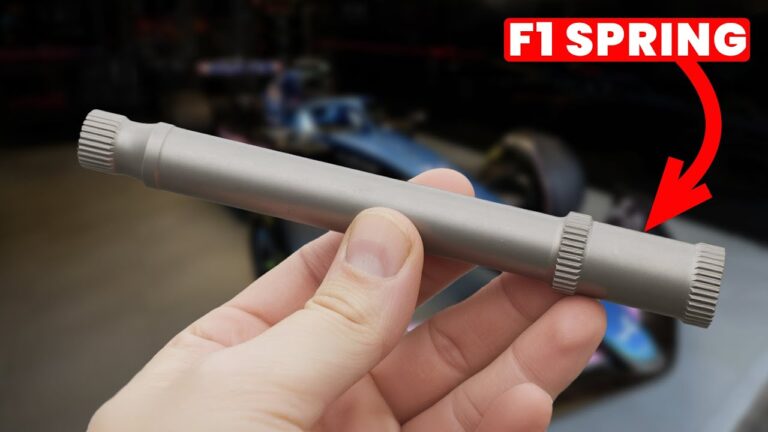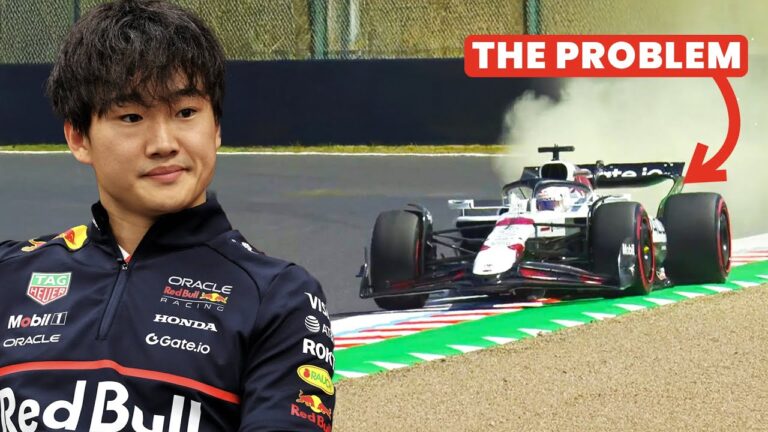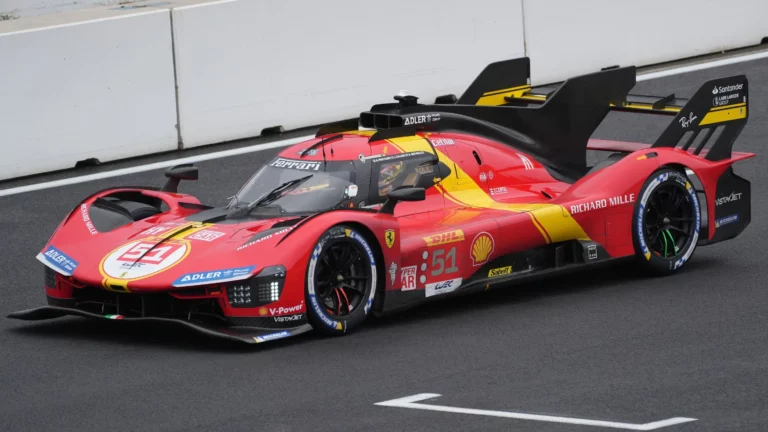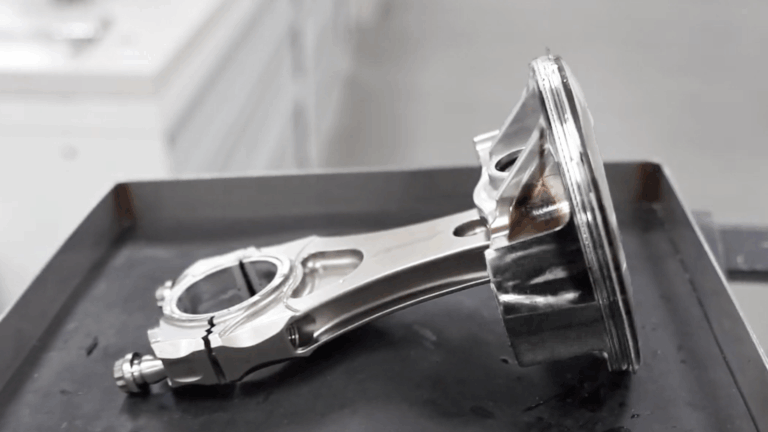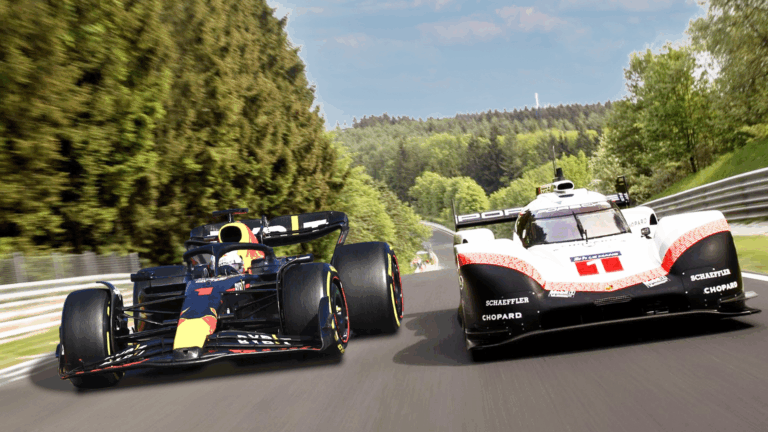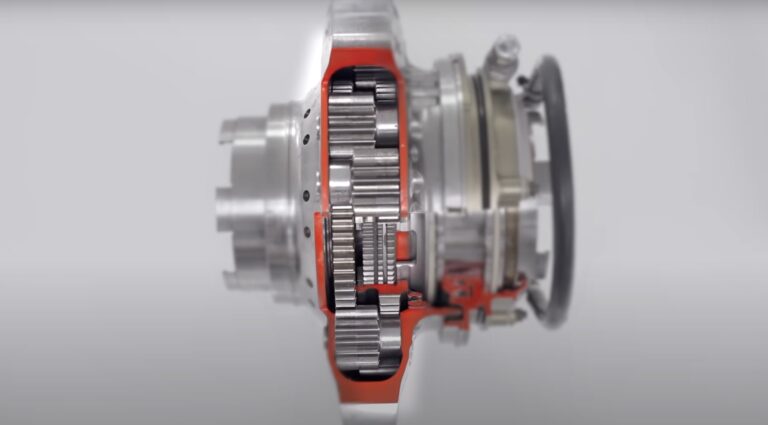
In the high-stakes world of Formula 1, even the smallest components play a critical role in performance and safety. Take wheel nuts, for instance—what seems like a simple part actually represents decades of engineering evolution, innovation, and adaptation. With each nut costing nearly £1,000, their development history reveals just how integral they are to motorsport.
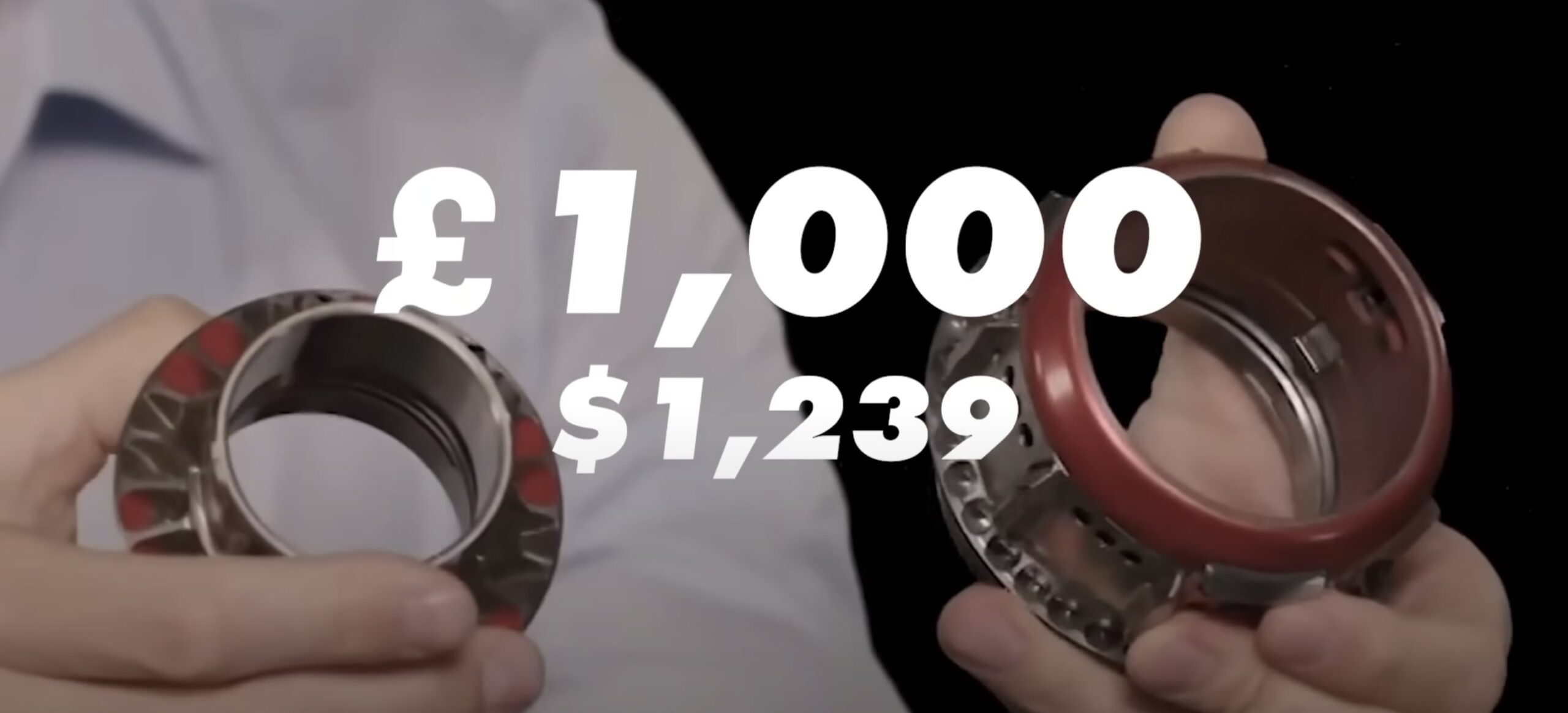
The Early Days: Hammering Wheel Nuts On
In the 1950s and 60s, Formula 1 mechanics used mallets to secure single central wheel nuts with wings on the sides—some with two wings, others with three. These nuts were practical for the era, as they replaced cumbersome studs that took too long to change. Ferrari even included a mallet in the toolkit of their 365 GTB road car. However, challenges emerged as these nuts often loosened due to braking and acceleration forces, combined with track vibrations.
To combat this, teams implemented right-hand threads on the left wheels and left-hand threads on the right. While this helped tighten the nuts under braking forces, rear-wheel drive presented new issues, leading to occasional wheel detachments.
Evolution to Hexagonal Heads
By the 1970s, teams transitioned to hexagonal wheel nuts made of steel, later switching to aluminium for reduced weight. These designs incorporated retention systems—pins or splines to keep the nuts secure under extreme forces.
This innovation coincided with the rise of faster pit stops, though fuelling times still determined overall pit durations. Captive wheel nuts emerged as a game-changer. With this design, the nut stayed attached to the wheel, streamlining pit stops—a feature still used today.
Aerodynamic Advancements
In 2009, the wheel nut became part of Formula 1’s aerodynamic innovations. Ferrari pioneered shrouds integrated into the wheel nut, reducing drag and improving downforce. These shrouds, initially banned for being movable devices, were later incorporated into static components like brake ducts. While effective, the need to remove and reinstall shrouds during pit stops introduced complexity, ultimately leading to their ban the following season.
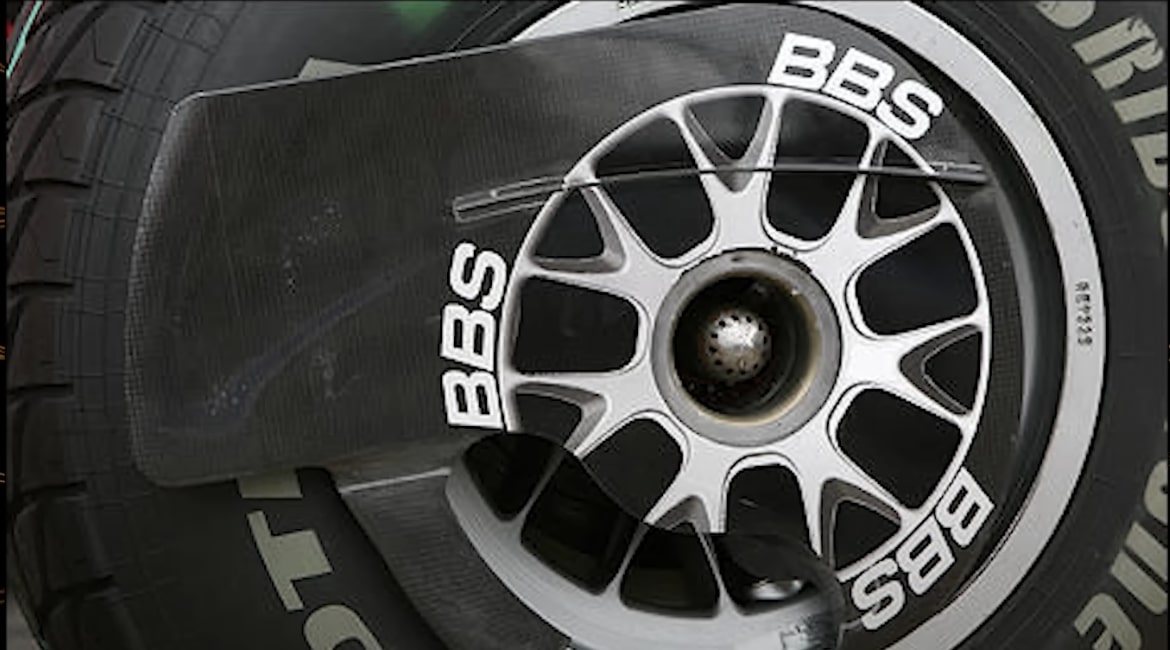

Refuelling Ban: A Game-Changer
The 2010 ban on refuelling shifted focus entirely to tyre changes. Teams had to improve wheel nut designs for quicker and more reliable pit stops. Mercedes, for example, developed splined wheel nuts with rounded teeth for easier alignment and engagement. Ferrari took this further by introducing coarser threads, reducing the rotations required to secure a nut from seven to three.
To aid mechanics, teams used colour-coded nuts—red for the right side and green for the left—ensuring quick identification during the high-pressure moments of a pit stop.

The Rise of Aerodynamic Blown Axles
By 2013, teams explored using wheel nuts to channel airflow through blown axles, improving aerodynamics and tyre cooling. This approach, pioneered by Williams, necessitated larger front wheel nuts to optimise airflow while maintaining structural integrity. However, this intricate design had its drawbacks, as seen in the infamous 2021 Monaco GP incident with Mercedes and Bottas. A misaligned wheel gun sheared off the nut’s splines, leaving it stuck and requiring removal back at the factory.
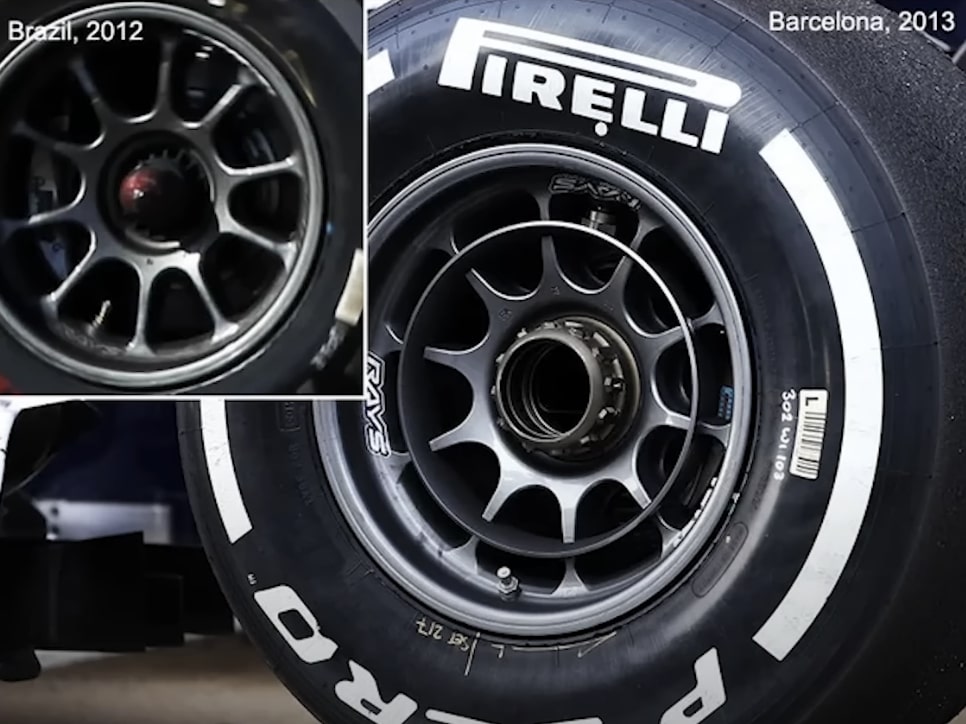
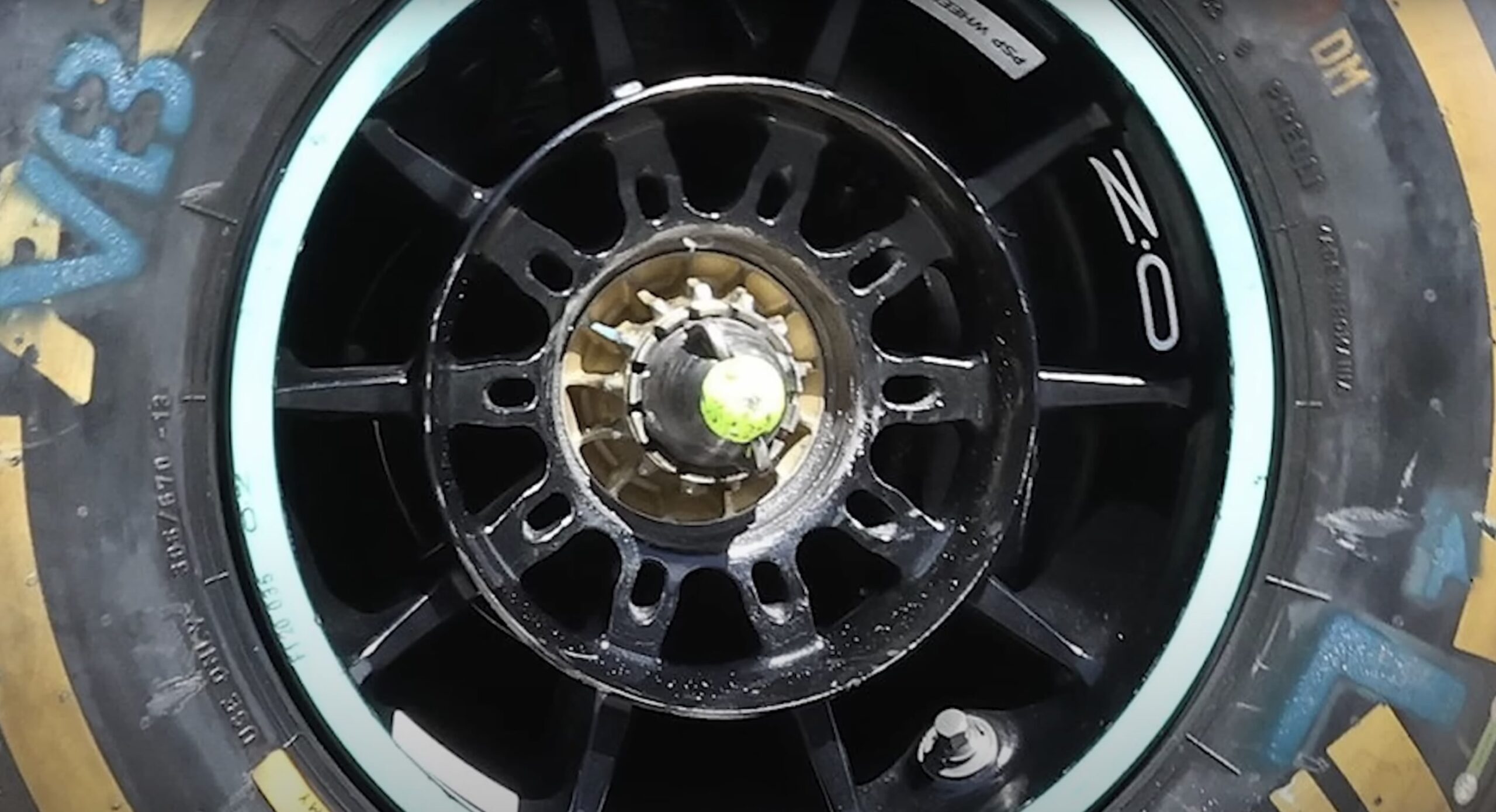
Why Are F1 Wheel Nuts So Expensive?
Modern wheel nuts are machined from aluminium to achieve extreme precision and lightness. Each nut undergoes X-ray inspections for cracks and anodisation for durability and colour coding. Given their delicate nature, these nuts are often single-use. With 13 sets of tyres allocated per car per race, teams spend upwards of £50,000 on wheel nuts alone during a race weekend.
This high cost underscores the importance of even the smallest components in motorsport. A misstep in wheel nut design or usage can cost a race—or worse, endanger drivers.
Shared Development for Cost Control
In recent years, Formula 1 introduced shared information on wheel nut designs to curb spiralling development costs. While teams can still innovate, breakthroughs are made accessible to all, levelling the playing field and maintaining safety standards.
Conclusion
Wheel nuts may not grab headlines like engines or aerodynamics, but they are a testament to Formula 1’s relentless pursuit of engineering excellence. From mallet-hammered designs to aerodynamic integrations, their evolution reflects the ingenuity and precision that define motorsport.
As teams continue to innovate under tight regulations, the humble wheel nut remains a cornerstone of both safety and performance in Formula 1.




